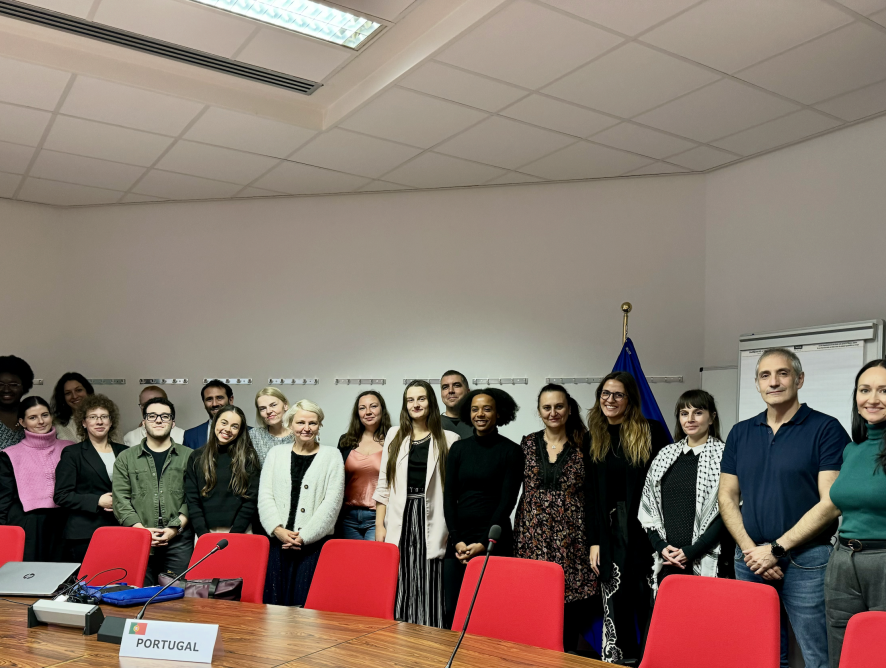On November 6, 2024, the SafeNet consortium hosted its final project conference at the Albert Borschette Conference Center in Brussels and online. The event brought together civil society organizations (CSOs), IT companies, EU and national authorities and international bodies to explore the latest trends and developments in online hate speech.
Key findings from the SafeNet project were presented, including:
- Analysis of general hate speech drivers and specific insights from social media platforms across different countries.
- Data on hate speech removal rates and response times.
- Common challenges identified through monitoring activities.
During the Q&A and networking sessions, participants emphasized the importance of continuous monitoring for effective advocacy and successful implementation of the Digital Services Act (DSA) and EU strategic initiatives. A cross-sectoral approach was recognized as essential to reducing online hate speech.
Over the past 18 months, the SafeNet consortium, consisting of 21 CSOs from 19 EU countries, has monitored and documented over 19,000 hate speech cases across 19 European languages and English.
Presentations and videos from the conference are available below and shared by the consortium partners.
The project, titled “SafeNet: Monitoring and Reporting for Safer Online Environments” was funded by the European Union.

- Daniel Heller, CEJI, Belgium. The Digital Services Act and the impact on hate speech monitoring and responses
- Eglė Kuktoraitė, LGL, Lithuania. SafeNet project dissemination actions. Info sheets and social media campaign
- Dr. Maryna Manchenko, CESIE, Italy. Monitoring hate speech online: developments and current trends in the Italian context
- Audrey Koulidiati, LICRA, France. Presentation of the results of the continuous monitoring of online hate speech
- Franziska Böndgen, jugendschutz.net, Germany. Results for Germany
- Rafal Pankowski: NEVER AGAIN – philosophical insights -why do we monitor hate speech
